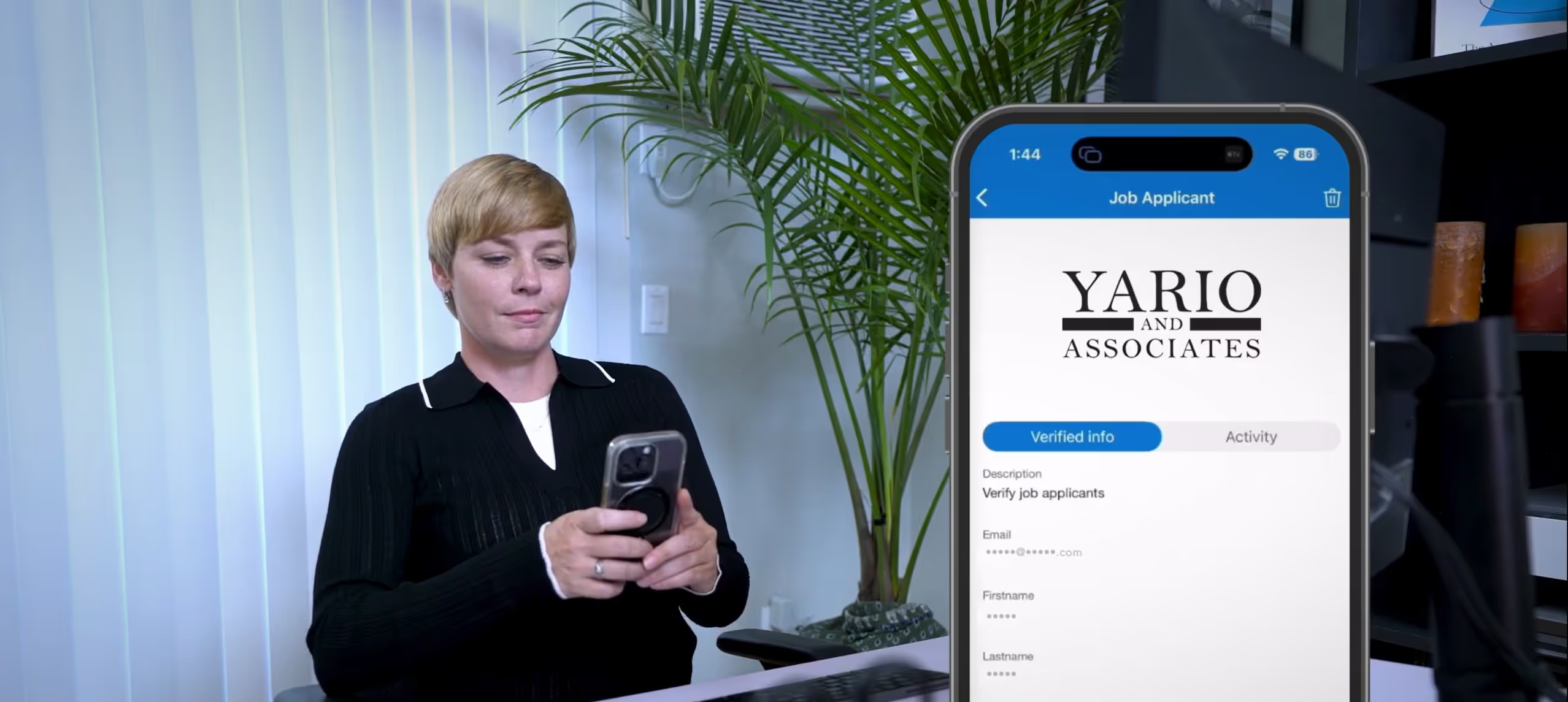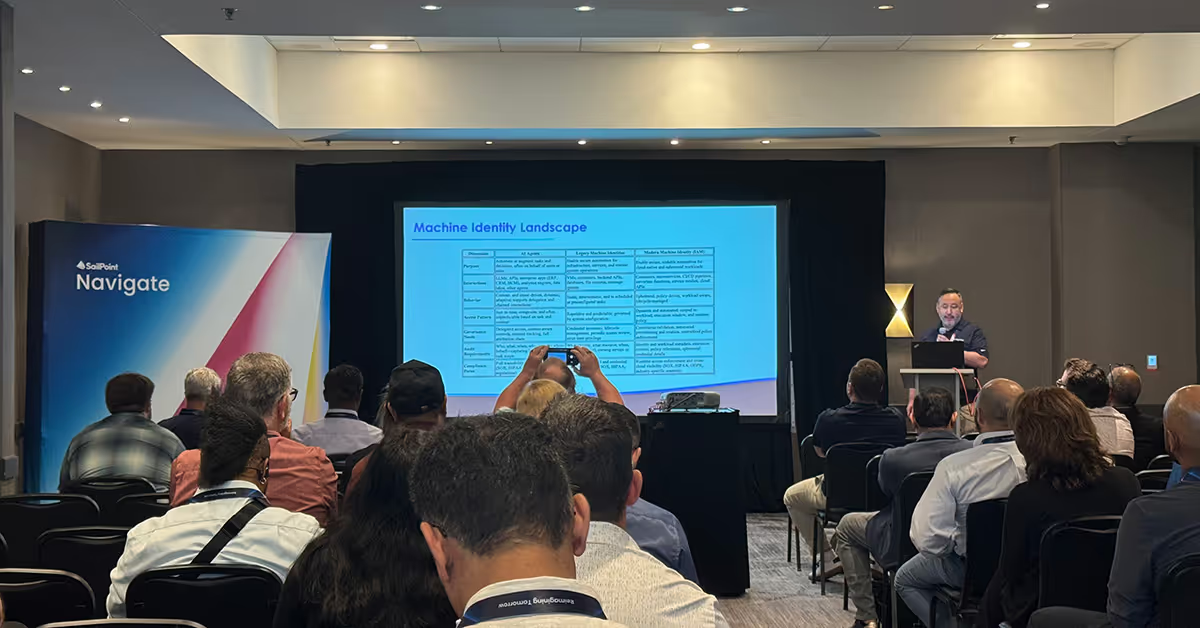The Business Case for Lifecycle Workflows in Microsoft Entra ID
May 20, 2025
|
Duration:
6
min READ

This is Part 3 of our Microsoft Entra Identity series. Find the series introduction here, and the second installment, focused on the latest capabilities in Microsoft Entra ID Governance, here. Look for a new installment every week.
How can automating the joiner/mover/leaver process deliver ROI and compliance gains?
In every organization, people come and go. New employees are onboarded, current ones change roles, and eventually, some move on to new opportunities. But what doesn’t change — or rather, what shouldn’t be left to chance — is how access to business-critical systems is managed during these transitions.
Historically, many IT departments have relied on a patchwork of manual steps, email requests, and ticketing systems to manage identity lifecycle events. This approach is time-consuming, error-prone, and risky. Fortunately, Microsoft Entra ID now includes Lifecycle Workflows, a built-in solution designed to automate these processes and close the gaps.
This post is for the decision-makers: CIOs, CISOs, IT managers, and compliance leaders looking for a clear, non-technical justification to invest in automating identity governance.
What Are Lifecycle Workflows?
Lifecycle Workflows in Microsoft Entra ID are predefined, policy-driven automations that are triggered by user events, including:
- Joiner: A new hire is added to the system
- Mover: An employee changes roles or departments
- Leaver: A person departs the organization
With Lifecycle Workflows, you can automatically:
- Assign or revoke access to apps
- Send onboarding emails
- Update user attributes or group memberships
- Trigger custom downstream actions (like provisioning accounts in other systems)
These actions occur without a single helpdesk ticket. And for organizations that need to maintain centralized ticketing or logging systems, Microsoft Entra supports integration with IT service management platforms like ServiceNow through the Microsoft Graph API. This allows for automated workflow execution with full visibility into identity events — bridging the gap between governance and operational service management.
Lifecycle Workflows are designed for cloud-native identity architectures, where users, devices, and applications are managed primarily in Microsoft Entra ID, Microsoft 365, and connected SaaS platforms. In these environments, Lifecycle Workflows can:
- Trigger instantly based on changes in Microsoft Entra ID or HR systems like Workday or SAP
- Manage access to cloud apps using dynamic groups and access packages
- Extend workflows through Azure Logic Apps for integration with cloud-native tools
However, many organizations still operate in hybrid environments, where user accounts and key resources remain in on-premises Active Directory. In these scenarios, Lifecycle Workflows can still be effective, especially when integrated with tools like Identity Exchange (IdX) — a framework developed by Oxford Computer Group (now a MajorKey Technologies Company) that leverages commercially available Azure resources like Cosmos DB, Logic Apps, and Azure Data Factory. Hybrid-ready workflows can invoke downstream provisioning via Logic Apps, PowerShell, or custom connectors, resulting in consistent automation and governance even when all systems are not fully cloud-native.
That said, moving toward a cloud-native identity model should remain on the roadmap for every organization. Why? Because cloud-native architecture reduces complexity, eliminates dependency on legacy infrastructure, and allows you to unlock the full capabilities of Microsoft Entra - including real-time automation, dynamic policies, and end-to-end visibility into access.
Why Automate? The Business Benefits
Efficiency and Cost Savings
Manual processes for onboarding and offboarding are resource intensive. IT teams spend hours per week managing access rights and user provisioning — often across disconnected systems. Lifecycle automation:
- Reduces workload for IT and HR teams
- Speeds up employee time-to-productivity
- Avoids costly delays caused by access errors
- Increases overall user experience
For organizations with high turnover or seasonal hiring, automating these processes can save hundreds of hours per year.
Stronger Security and Risk Reduction
Manual offboarding is one of the most common causes of insider risk. Departed employees often retain access to corporate systems days — or even weeks — after their exit. Lifecycle Workflows:
- Automatically revoke app access on the employee’s last day
- Remove users from security groups and roles
- Deactivate accounts in synced systems through integrations (e.g., with Azure Logic Apps)
This reduces the risk of data leaks, compliance violations, or disgruntled ex-employees misusing sensitive access.
Audit-Ready Compliance
From GDPR and HIPAA to ISO 27001 and SOX, nearly every major compliance framework requires organizations to enforce least privilege and timely deprovisioning.
Lifecycle Workflows help demonstrate this by:
- Enforcing consistent access governance policies
- Generating logs for every action taken (who was provisioned with what, when, and by which policy)
- Integrating with entitlement management and access reviews for continuous compliance
Adaptable to Business Change
Whether you're expanding rapidly, going through a merger, or adopting hybrid work, identity needs are constantly evolving. Lifecycle Workflows scale with your business by:
- Supporting role-based onboarding for different departments or regions
- Customizing onboarding for full-time staff vs. contractors
- Extending workflows with Logic Apps for integration into ITSM, HRIS, or ticketing systems
Lifecycle Workflows Are Built for Business Outcomes
Lifecycle workflows are technical means to enable a variety of business outcomes. A well-planned implementation should reduce operational friction, enhance the employee experience, and lower risk across your digital environment.
Organizations that modernize their identity lifecycle management realize faster onboarding, cleaner offboarding, better compliance posture, and reduced IT overhead. That’s a rare combination of ROI and risk reduction in one initiative.
Final Word
If you're still relying on spreadsheets, email requests, or manual helpdesk tickets to manage user access, it's time for a change. Microsoft Entra Lifecycle Workflows can help you move from reactive to proactive identity governance, while making your business more secure and efficient in the process.
Authors

Identity Governance
Advisory
No items found.
.svg)



















.svg)
